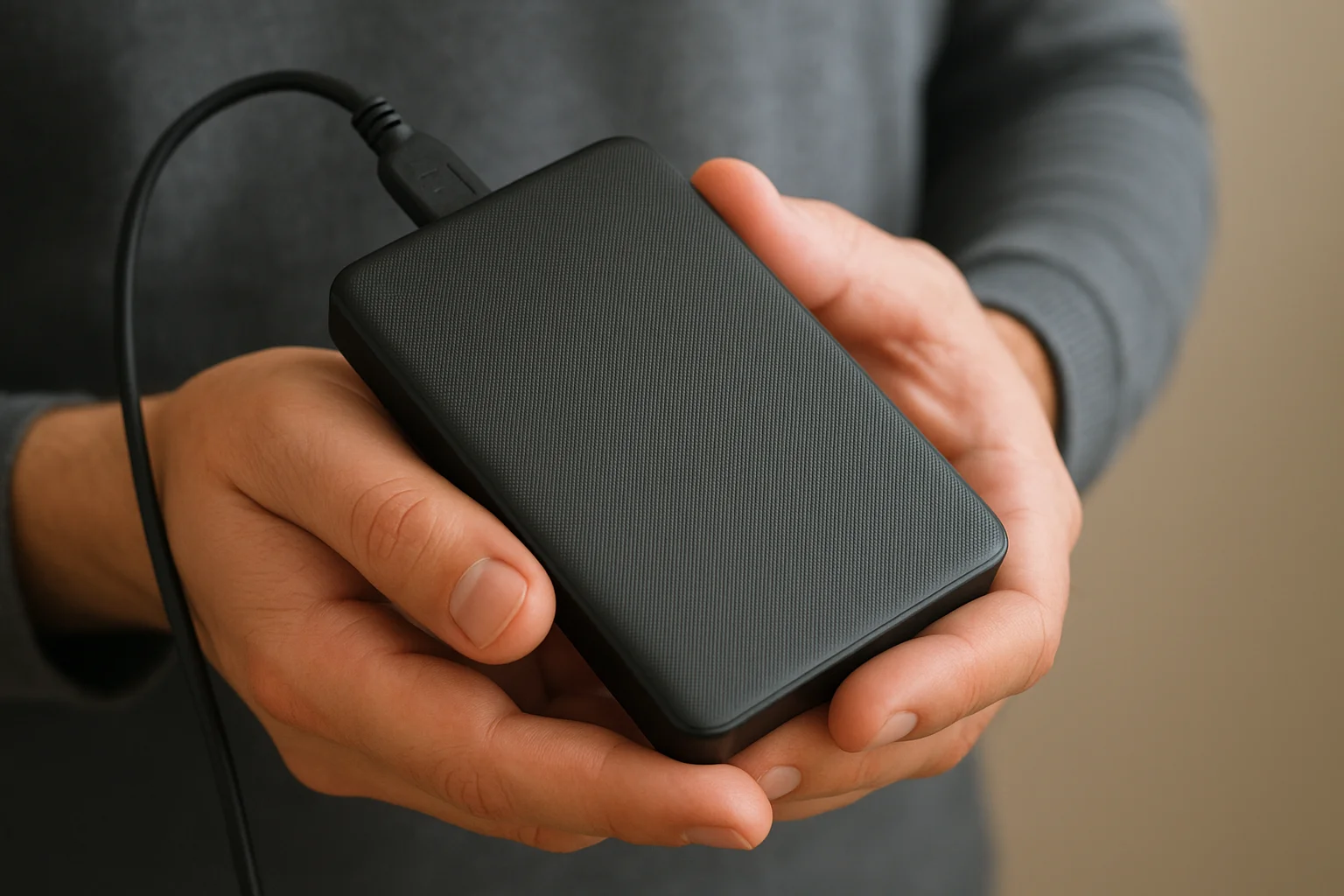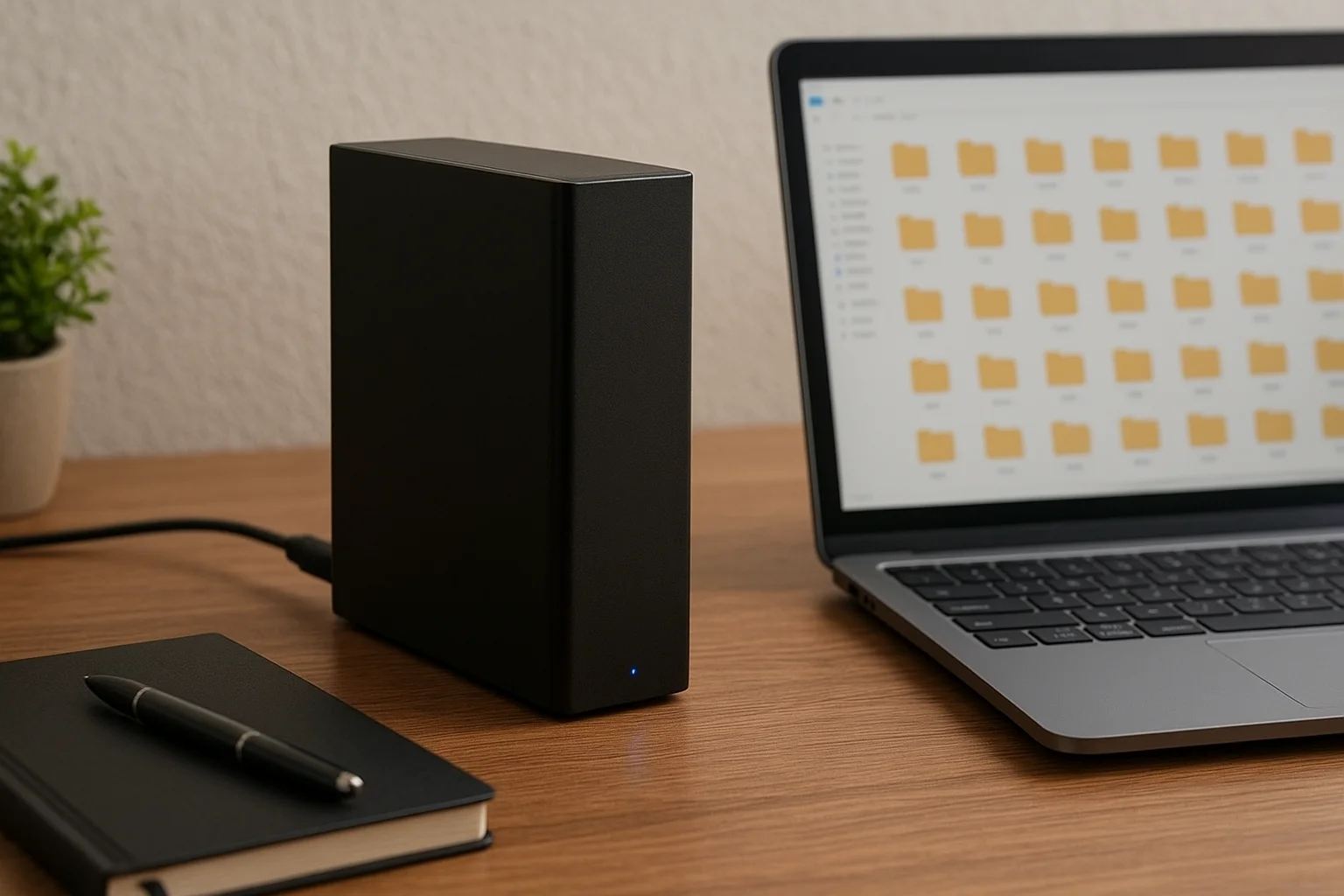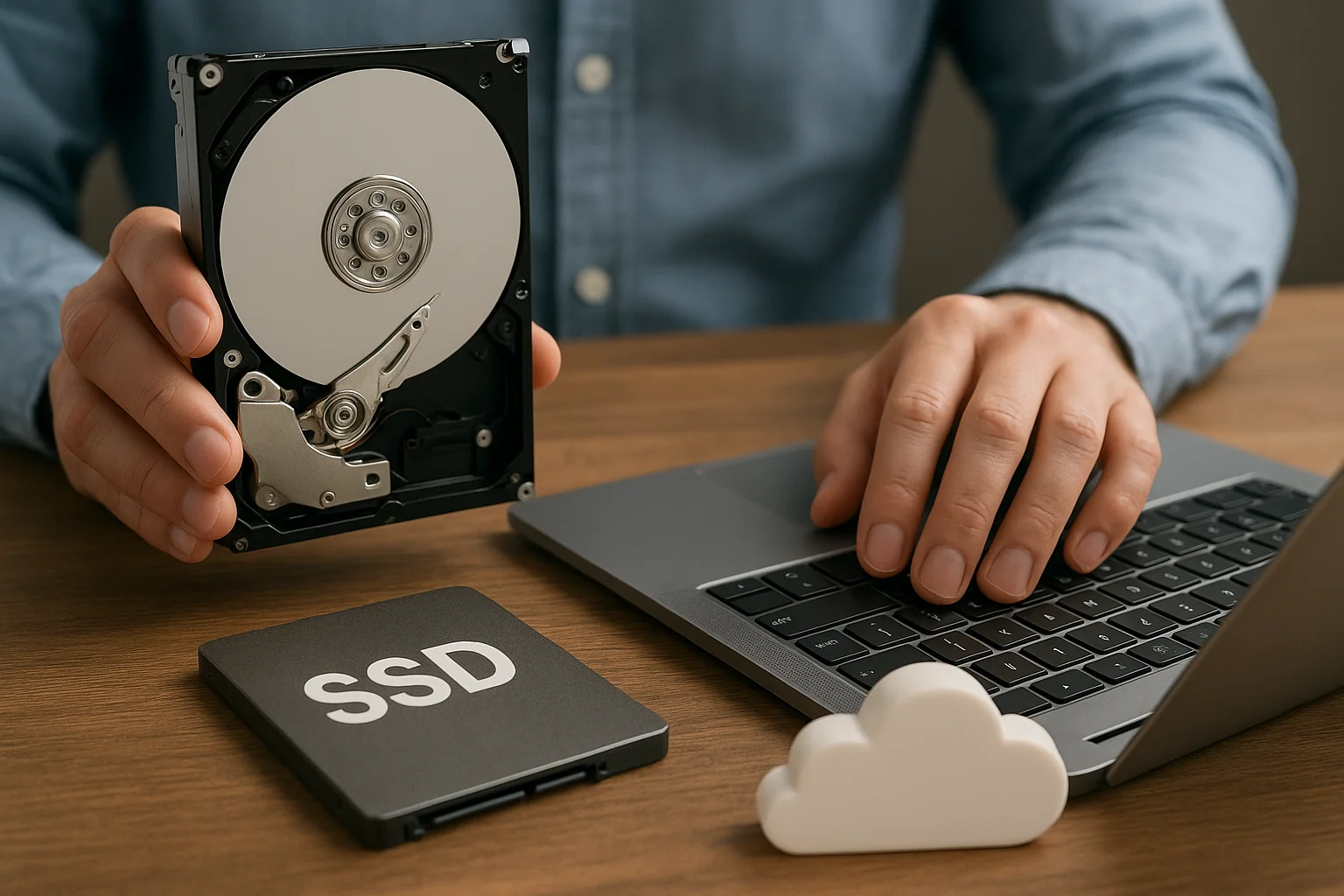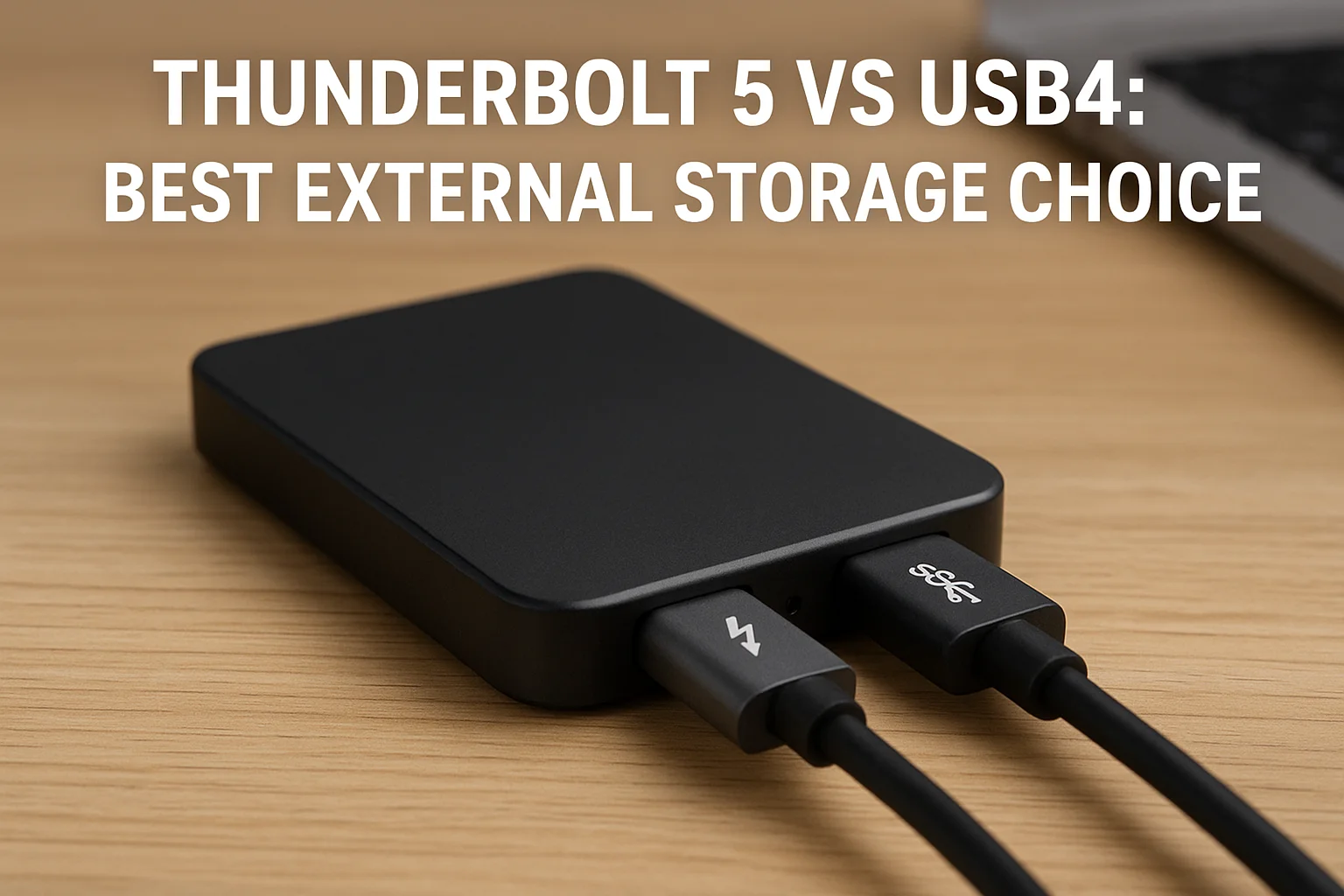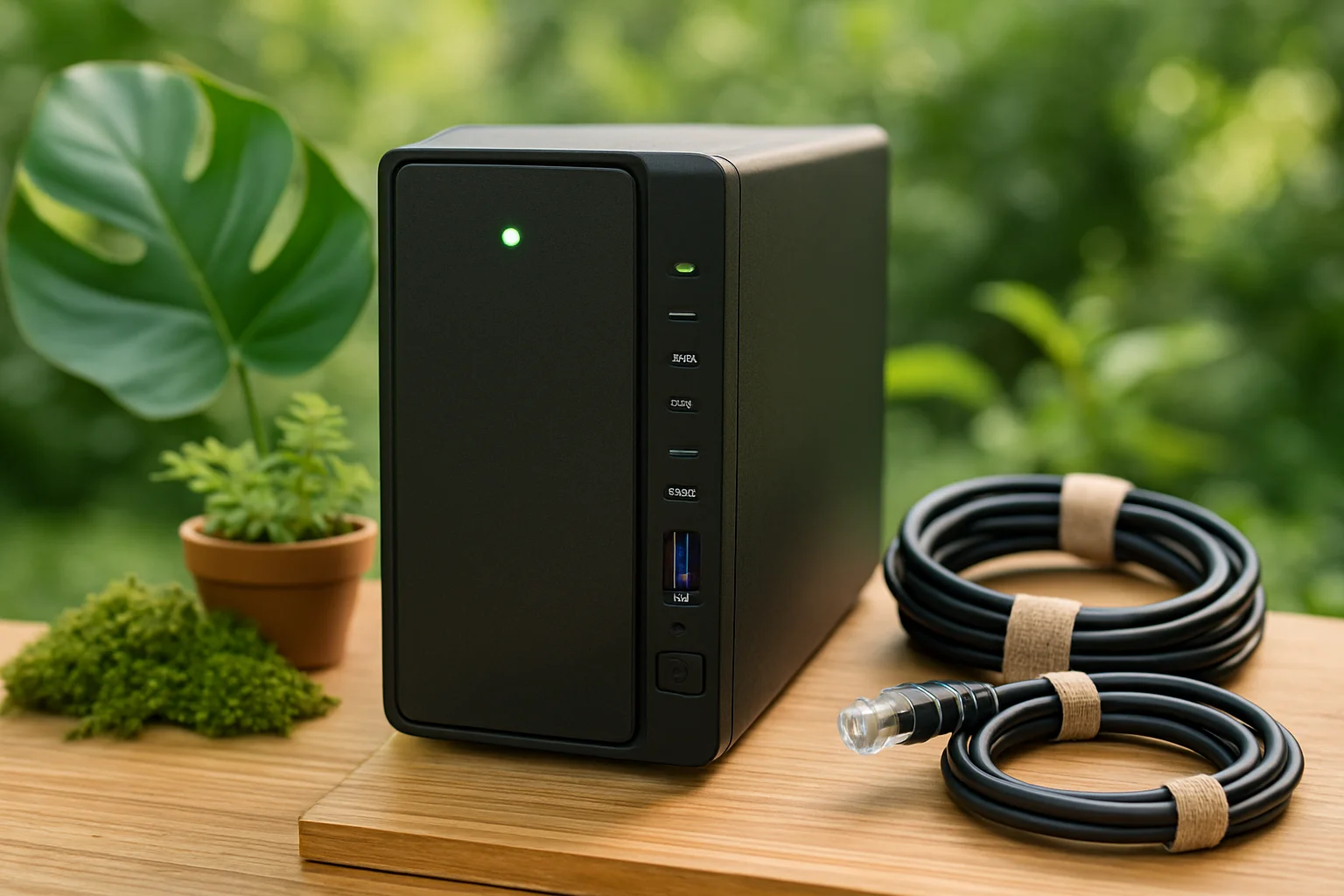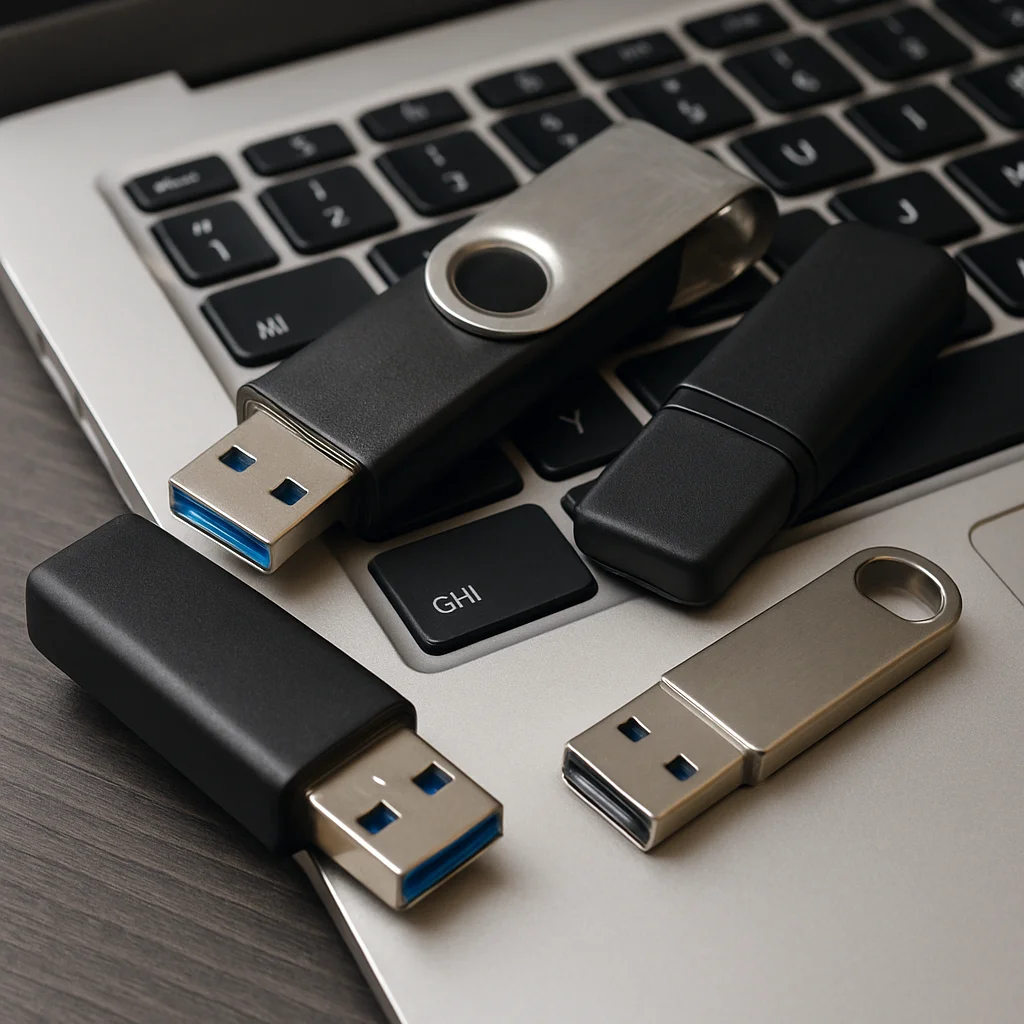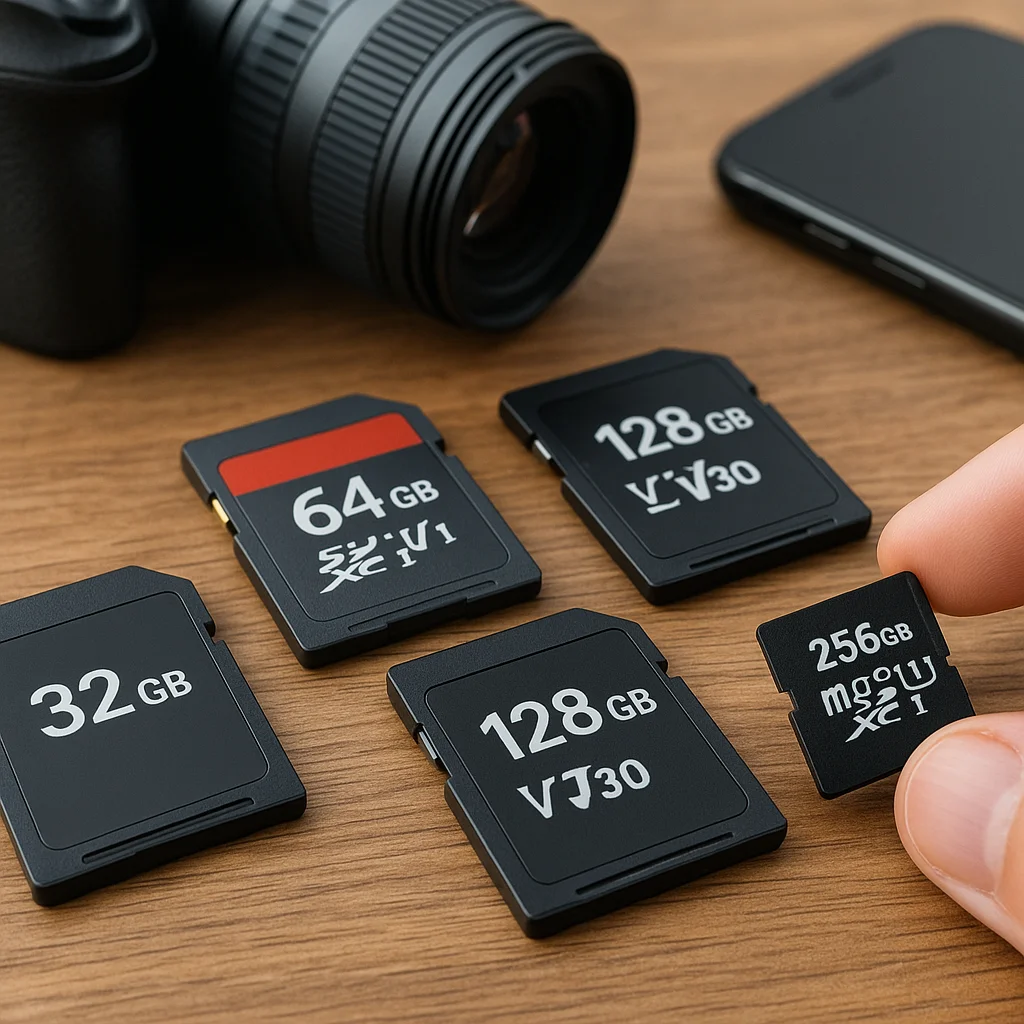Why Protecting Your External Drive Matters
External drives are often used to store critical files, backups, and personal data. Unlike cloud storage, which benefits from redundancy and managed infrastructure, an external drive is a single physical device. If it suffers damage, the risk of permanent data loss is high.
Even a small accident, such as dropping the drive from a desk, can cause internal mechanical failures in hard disk drives (HDDs) or circuit damage in solid-state drives (SSDs). In addition, exposure to dust, humidity, or heat can silently degrade the components over time, leading to unexpected failures.
Replacing a damaged drive can be costly, but what is often more valuable is the data it contains. Family photos, professional projects, or sensitive business documents may be irreplaceable. While data recovery services exist, they are typically expensive and cannot always guarantee success.
Protecting an external drive is not only about keeping the hardware intact. It also reduces the chances of interruptions to your workflow, minimizes downtime in business contexts, and helps maintain a reliable backup strategy. By taking preventative measures, you ensure that your device continues to perform effectively and that the data it holds remains accessible when you need it most.
Choose a Durable and Reliable External Drive
The first step in protecting your data is to invest in an external drive that is designed with durability and reliability in mind. Not all drives are created equal, and choosing the right one can significantly reduce the risk of physical damage and data loss.
When evaluating external drives, consider whether you need a Hard Disk Drive (HDD) or a Solid-State Drive (SSD). HDDs are generally less expensive and offer higher storage capacities, but they are more fragile because they rely on moving mechanical parts. SSDs, on the other hand, are faster, lighter, and far more resistant to shocks, making them a better option for frequent travelers or mobile professionals.
Look for models that are marketed as rugged or shock-resistant. These drives are often encased in protective materials like rubber or reinforced plastic to absorb impacts. Some even offer water resistance and dust protection, which can be valuable if you plan to use your drive outdoors or in challenging environments.
Another factor to consider is the quality of the enclosure. A well-built casing not only protects against physical shocks but also helps with heat dissipation, reducing the chance of overheating. Drives with built-in thermal management systems can prolong the life of the hardware and ensure stable performance.
Finally, check the manufacturer’s reputation and warranty policy. Choosing a trusted brand that offers multi-year warranties provides additional assurance that the drive is built to last. A reliable support service can also make a difference if the device needs replacement or repair.
Use Protective Cases and Enclosures
Even with a durable external drive, adding an extra layer of protection is highly recommended. A protective case or enclosure acts as a barrier against shocks, scratches, dust, and moisture, helping to keep the drive in optimal condition over time.
Protective cases are often designed with shock-absorbing materials such as silicone, foam, or rubber. These materials cushion the device in case of an accidental drop or sudden impact. Some models include reinforced corners to minimize the risk of internal damage when the drive lands on a hard surface.
For users who carry their drives frequently in backpacks or laptop bags, a padded sleeve can prevent scratches and protect against compression caused by other items. More advanced cases are water-resistant or even waterproof, offering valuable protection if you travel in areas where spills, rain, or humidity are common risks.
An external enclosure is another effective option. These enclosures not only protect the drive from external shocks but also provide structural reinforcement and improved thermal management. A high-quality enclosure can dissipate heat efficiently, preventing the drive from overheating during extended use. Some models come with built-in locks or seals, adding a layer of security against tampering.
When selecting a case or enclosure, it is important to ensure that it is compatible with the size and model of your external drive. A case that is too loose will fail to protect effectively, while one that is too tight may exert unnecessary pressure on the device. Opting for cases designed specifically for external drives generally provides the best fit and protection.
Avoid Drops, Shocks, and Vibrations
One of the leading causes of physical damage to external drives is accidental impact. Whether it’s a fall from a desk, a bump during transport, or constant exposure to vibrations, each incident can reduce the reliability of the device. Taking proactive steps to minimize these risks will help preserve both the hardware and the data it stores.
External drives, especially those with moving mechanical parts like HDDs, are highly sensitive to sudden shocks. Even a small drop can cause the read/write heads to misalign or the internal platters to be scratched, resulting in data corruption. SSDs are more resilient but can still suffer from circuit board damage if subjected to heavy impacts.
To avoid these risks, always place your drive on a stable, non-slip surface when in use. Keeping it away from the edge of desks or tables reduces the chance of accidental falls. If you frequently move the device, use a cable long enough to prevent tension or sudden jerks that could pull the drive to the ground.
During transportation, store the external drive in a padded compartment or a protective case that absorbs shocks. Avoid placing it near heavy objects in a bag, as pressure combined with vibrations from walking or traveling can gradually damage the internal components. If you travel by car, do not leave the drive loose in the glove box or trunk where constant vibrations may affect its lifespan.
Another important practice is to avoid using the drive while it is in motion. Writing or reading data while the device is being transported increases the risk of physical wear and potential corruption. It is always safer to disconnect the drive before moving it.
